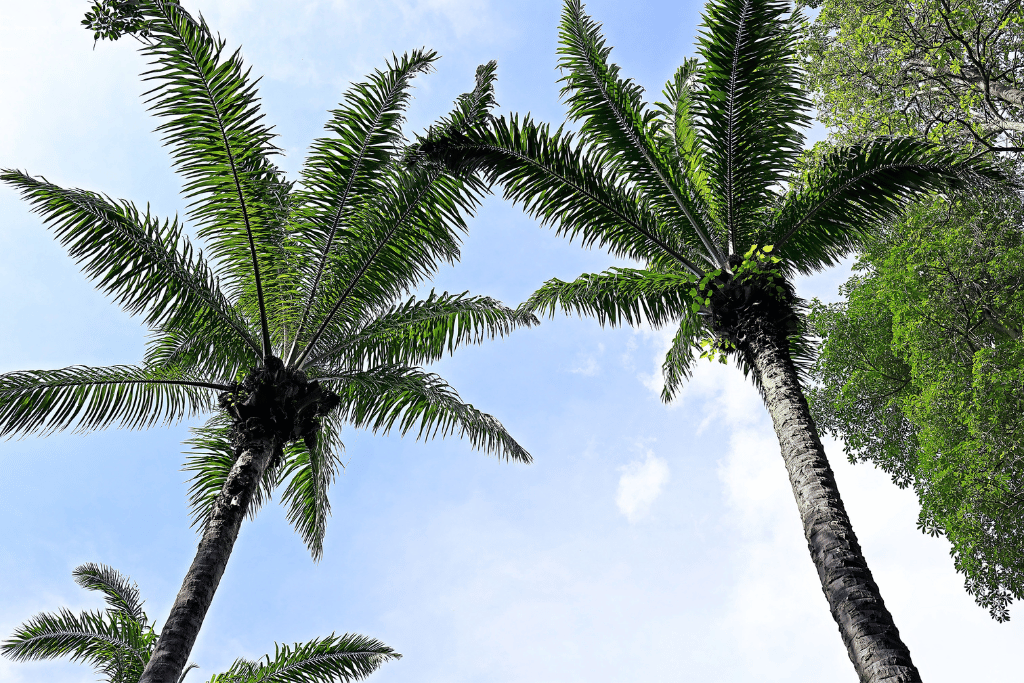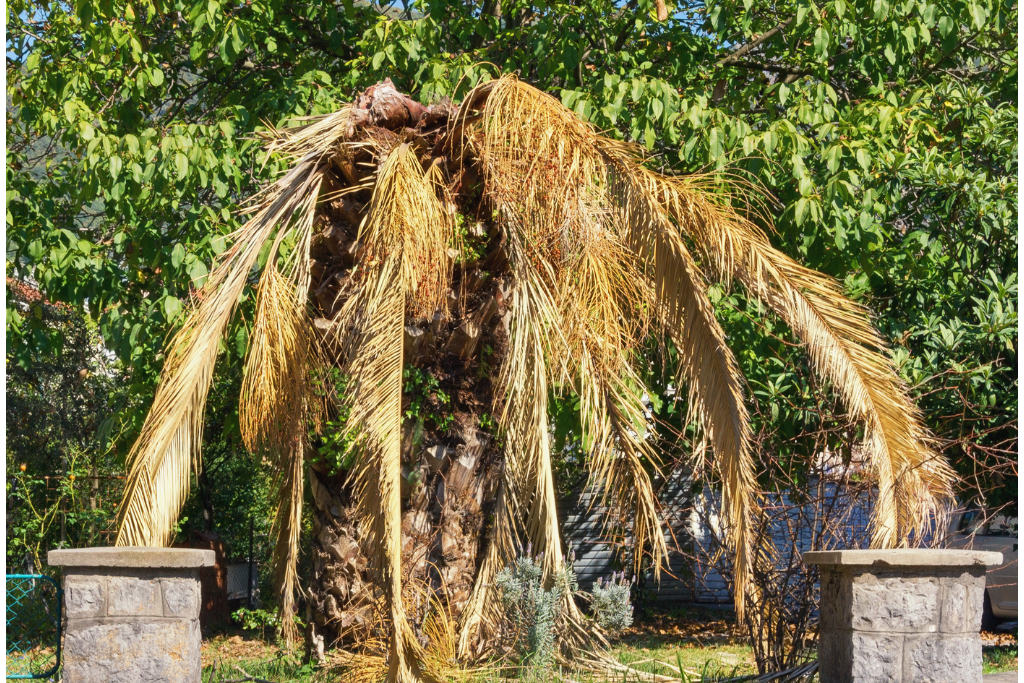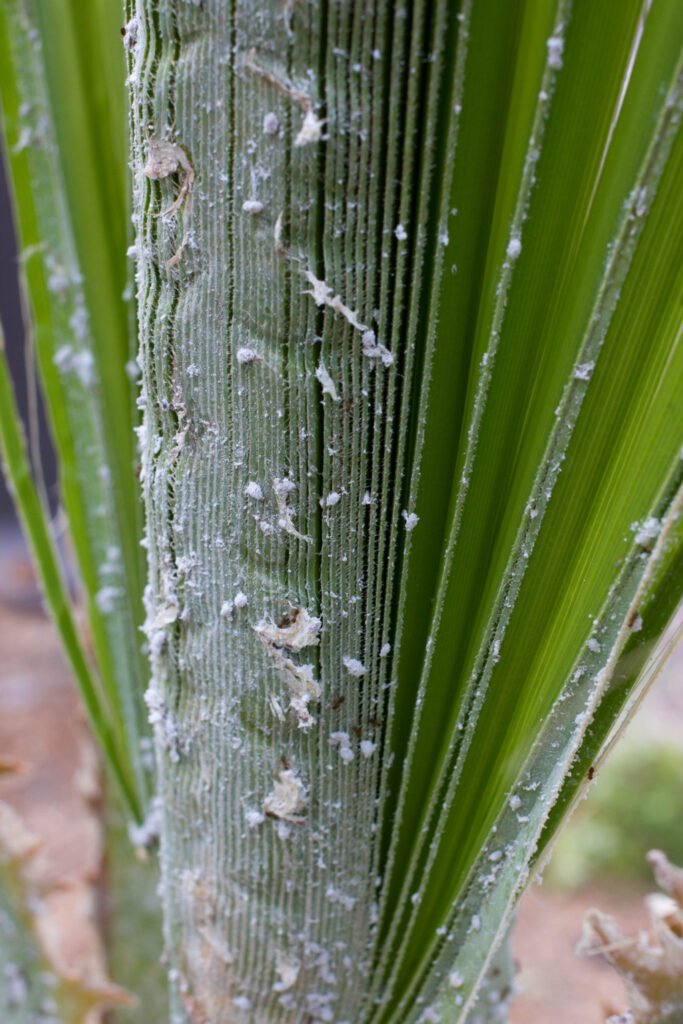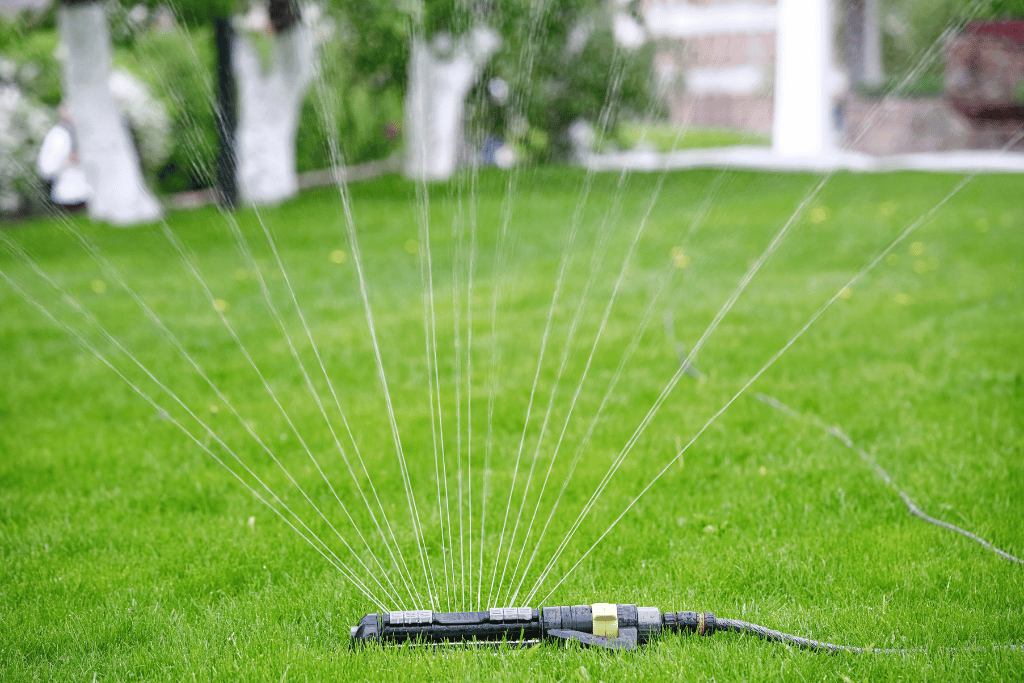
Listen up, fellow plant enthusiasts! It’s time to explore the realm of the lush and mighty King Palm tree, that’s one of the most well-known and widely used ornamental greens around the world. But guess what – this tropical native has overgrown its mainstream urban and seaside locations and become a home-friendly plant. With its shorter look-alike, you can easily introduce this leafy green even to your indoor space too. Below I’ll fill you in on everything there is to know to about this majestic giant that transforms any space into a tropical haven!
Key Points About The King Palm Tree

The King Palm (Archontophoenix alexandrae) is a member of the botanical family Arecaceae and hails from the tropical rainforests of Australia, where it can be found in abundance, swaying in the balmy breezes of its native land. However, due to its exotic and attractive looks, it has also been introduced to other countries like Hawaii, Fiji, and the United States. A full-grown King Palm tree usually reaches an average of 50 feet (about 15 meters) in height with leaves that can span up to 12 feet (3.5 meters) across.
You might not have known, but this ruler has a significant other it often gets mistaken for. Therefore, it’s essential to learn the differences between the King Palm and Queen Palm trees before you pick up your new addition from the closest nursery. Read for deeply under standing King Plam Tree Vs Queen.
With its pretty fronds reaching for the sky and its smooth, slender trunk, this evergreen beauty is turning heads wherever it’s seen. But it’s much more than just a decorative piece: its leaves are commonly utilized for thatching, weaving, and even making hats. Plus, its sweet fruit is a favorite among local wildlife, including birds and bats. So next time you spot a King Palm, take a moment to appreciate all its incredible features!
King Palm Tree Care Manual
Soil
As the plant is susceptible to root rot if its soil becomes waterlogged, it’s best to pick a porous mix to circumvent this occurrence. The most suitable product includes peat moss, sand, and loam, with a slightly acidic pH level of 6.0-7.0. The soil should also be well-aerated, as this allows oxygen to reach the roots and contributes to healthy growth.
Water
Keeping a regular watering schedule is key for maintaining a thriving King Palm. Hydrate your leafy companion at least 2 or 3 times per week during the growing season. When watering, make sure to saturate the soil evenly, but avoid over-watering or making the mix too soggy. In the winter months, when the plant is in a dormant state, reduce the frequency to once every two weeks.
Temperature
As a tropical aborigine, the King Palm prefers warm temperatures, ideally between 60-80°F (15-27°C), and it should be protected from long cold drafts. Even though this resilient giant is able to endure even 20°F (- 6 Celsius) for a short time, aim to provide it with protection once the thermometer displays 40°F (4°C) to avoid any potential damage.
Humidity
As this evergreen monarch originally comes from tropic and subtropic regions with humid climates, it thrives when the water content of the air is high. Ideally, the humidity level for a King Palm should be somewhere between 50-60%. Using a humidifier, placing a tray of water near the plant, or regularly misting its leaves from a spray bottle may be great supplementary methods to provide some extra moisture. If the air is too dry, the leaves might turn brown and dry out, so it’s important to maintain a consistent level of humidity.
Light
Arecaceae enjoy bright direct sunlight, and the King Palm is no different. It will also reach its full potential if given indirect light in a sunny room, just position it near a window or close to a natural light source. It’s good to know that the plant tolerates partial shade too if there’s no better option, but its fronds likely won’t become as vibrant as they could under more ideal conditions.
Refrain from flooding your pot-dweller with too much scorching sunlight to prevent severe damage to the foliage. In case you’re growing the plant in a shady spot, consider using an artificial grow light to supplement natural sunrays, as the plant needs a minimum of six hours of bright light each day to stay healthy.
Fertilization
Fertilization is significant for the continuous development of a King Palm, as it guarantees a steady supply of essential nutrients. During spring through fall, fertilize the plant every 2-3 weeks with a balanced product that is high in nitrogen. Be sure to follow the instructions on the packaging not to cause more harm than good to your leafy friend. In the winter months, reduce this practice to once a month or stop altogether.
Common King Palm Tree Problems Concerning Health
Although Alexander Palms are known for their resilience and adaptability, they are not immune to certain diseases and pests that might pose a threat to their health conditions. Let’s discover the most prominent ones!
Diseases
1. Fusarium wilt
Fusarium wilt is caused by a soil-borne fungus that attacks the vascular system of the plant, preventing water and nutrients from reaching the leaves. This disease can be spread by contaminated soil, infected pruning tools, or infected greenery. Early symptoms include yellowing of the lower fronds and drooping of the upper ones. In severe cases, the tree may die within a few months of infection.

2. Lethal yellowing
Several species of palms are susceptible to lethal yellowing, that’s caused by a bacterium-like organism and is spread by an insect known as the planthopper. The condition brings about discoloration and wilting of the foliage. If left untreated, the sick plant eventually dies.

3. Phytophthora root rot
In case water mold attacks the King Palm tree, it may result in Phytophthora root rot, a disease that’s responsible for root decay and death of the plant. It’s prevalent in areas with poorly drained soils and high moisture content. Symptoms of the disease include leaves turning yellow, wilting, and dropping, as well as a general decline in the health of the green.

4. Ganoderma butt rot
Ganoderma butt rot is another fungal illness that usually targets the base of the palm trunk. It most likely occurs in areas with high humidity and poor air circulation. So, if you notice conk-formation or shelf-like growths on the bottom of the trunk, chances are your King Palm is infected with the disease.

Pests
1. Palm weevils
Discoloration, wilting, and damaged fronds can signal lots of different health issues. However, if you come across holes or tunnels in the body of the tree besides these symptoms, palm weevils are probably the culprit. These pests are most active during the warmer months of the year and can quickly spread to other nearby greenery.

2. Scales
Scales are small, oval-shaped insects that hang on to the leaves and stems of the King Palm tree, feeding on its sap. The overpopulation of these critters causes extensive damage, including yellowing, dropping of leaves, and stunted growth of the plant. Heavy infestations result in defoliation and might even be fatal.

3. Spider mites
Both a full-grown King Palm tree and a young specimen might fall prey to tiny pests called spider mites. They feast on the fronds and leave yellow and bronze patches with stippled foliage behind. These insects thrive in hot, dry conditions and if not tackled, can quickly find a home on other greenery in the area.

The Perfect Indoor Alternative

Have you been taken by the monumental looks of this alluring monarch, but the height of your indoor rooms raises some concern? I’ve got an easy solution for you! Let me introduce you the Veitchia merrillii a.k.a the Manila Palm. It’s a majestic and stunning tropical plant that has won over the hearts of gardeners and landscapers alike. This stunner originates from the Philippines and is widely found in the tropical regions of Asia, including Malaysia and Indonesia where it’s often included in religious ceremonies as a symbol of prosperity and good fortune.
The Manila Palm is often referred to as the small King Palm tree due to its uncanny resemblance to the larger species. The plant typically reaches a height of 20 to 30 feet (approximately 6-9 meters) making it a perfect choice for smaller gardens or indoor plantings. Its slender trunk is covered in a grayish-brown bark, while its lush green fronds fan out from the top in a circular pattern.
Final Words
The King Palm tree is not only for seasoned horticulturalists. Its relatively easy maintenance brings joy to hobby or novice gardeners too, instantly creating an exotic atmosphere both outdoors and in the house. With the right care, you can easily bring this gorgeous leafy green into your life and maintain its health for optimal growth. And don’t forget the best part: you don’t need to give up the idea of having an at-home jungle even if you’re short on space. Obtain a Manila Palm and enjoy your own compact-sized royalty!
Frequently Asked Questions (FAQ)
What’s the growth rate of the King Palm tree?
The King Palm tree typically grows at a moderate rate of about 2 to 3 feet (about 0.5-1 meter) per year, under ideal growing conditions.
How tall do King Palms get?
If optimal conditions for development are present, the plant can emerge 50 to 60 feet (approximately 15-18 meters) tall, with a spread of 15 to 20 feet (about 4.5-6 meters).



